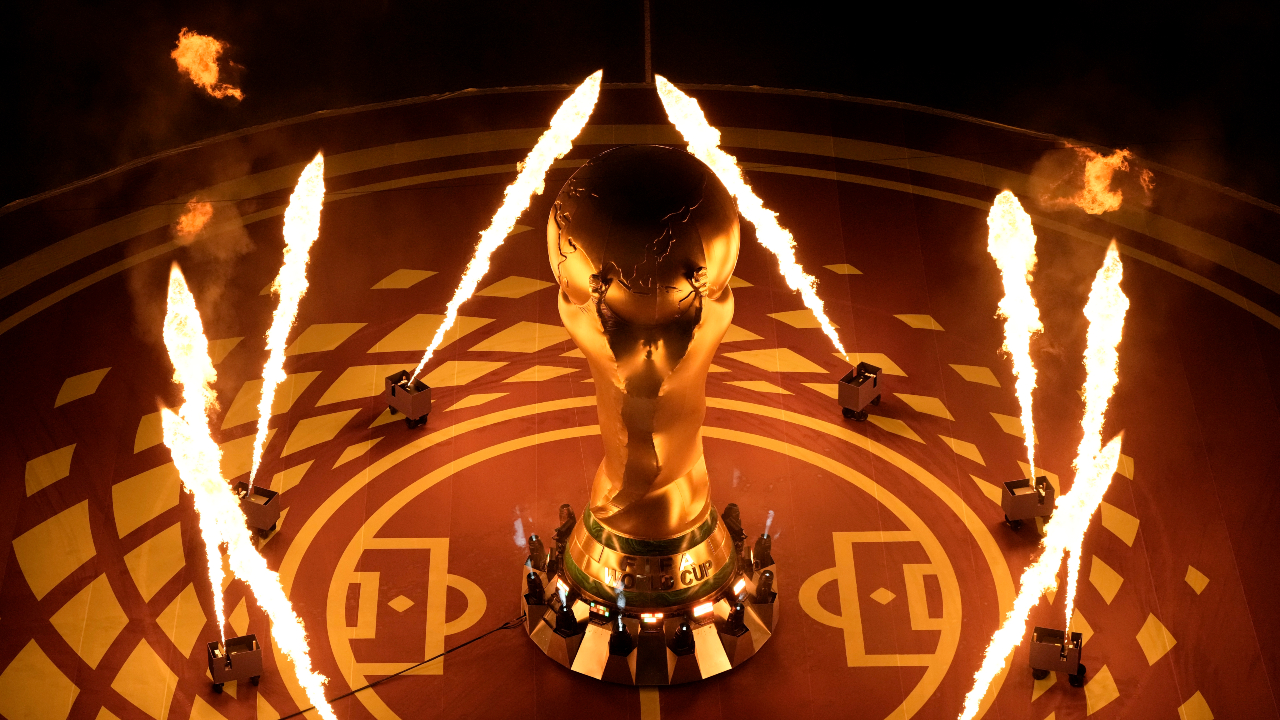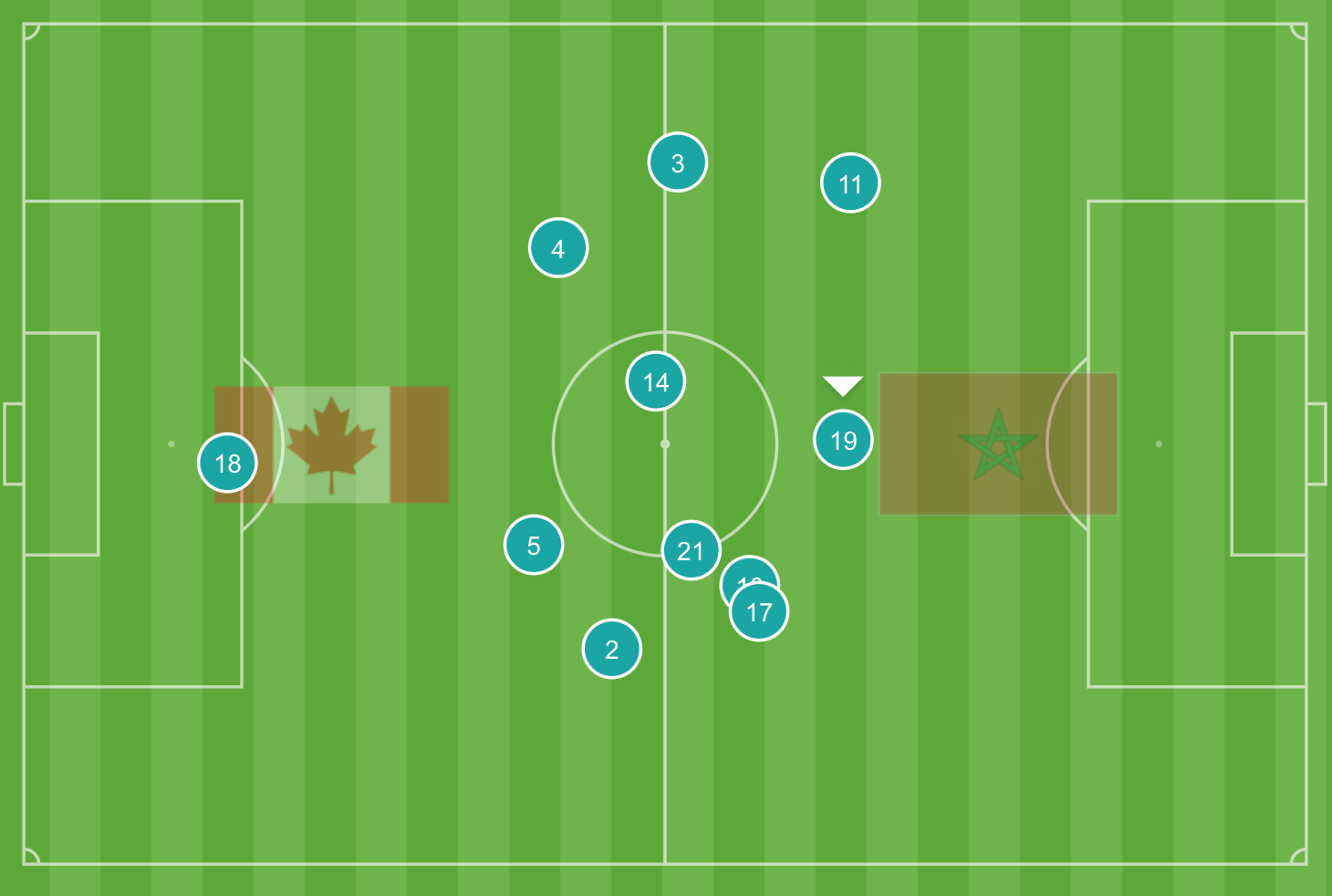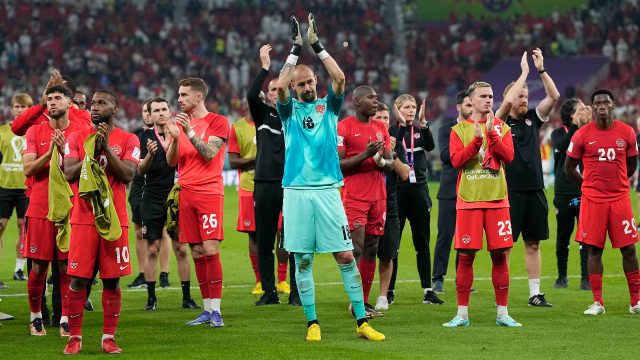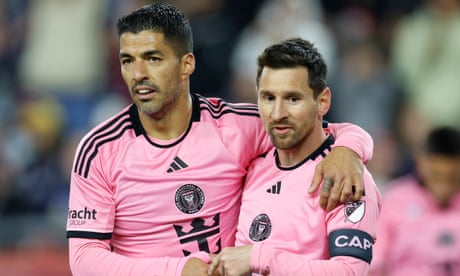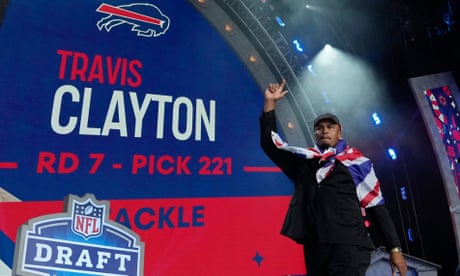
AL THUMAMA, Qatar – Football, be it the American variety or otherwise, is a game of inches.
The Canadian men’s national team learned that the hard way on Thursday, as it has in all three World Cup games.
The 2-1 defeat to Morocco at Al Thumama Stadium really stuck out in that regard. Two headers from Atiba Hutchinson (off the crossbar) and Alistair Johnston (narrowly over the bar), was all that separated Canada between a sixth consecutive World Cup defeat and its first-ever point.
“Two inches,” said a lamented Canada coach John Herdman in his post-match press conference. “Two inches from getting our first result.”
Ultimately, sports are a results-based business and in due time, there will be enough discourse to fill a book on the men’s national team’s outlook for the 2026 World Cup after its first tournament in 36 years.
For now, though, here’s what we learned from a fascinating and entertaining 2-1 loss.
BORJAN EXPOSED AGAIN
Mark this game down with the 2019 Gold Cup quarterfinal versus Haiti as a match that Milan Borjan may never forget for all the wrong reasons.
Four minutes in, Steven Vitoria hit an undercooked pass that casually rolled toward Borjan as the defender attempted to evade pressure from Youssef En-Nesyri. With the Moroccan striker closing in on Borjan, the Canadian No. 1 compounded the error with a half-hearted pass right to the foot of Hakim Ziyech, who chipped the ball into an open goal.
Just under 20 minutes later, a lofted ball over the top of Canada’s defence – arguably its major weakness – landed at En-Nesyri’s feet and he doubled Morocco’s lead.
Normally, goalkeepers will position themselves just outside the top of their box, sometimes even further up the pitch, when the ball is in the opposition’s half. Then, if a long pass is attempted and a defender can’t deal with it in the air, the goalkeeper will sweep it away.
Unfortunately for Canada, Borjan was nowhere to be found. Potentially due to the early error, he opted to retreat to his goal, allowing En-Nesyri to latch onto the ball and double the lead.
Borjan isn’t the only one to blame, of course. It was Vitoria who was uncomfortable under pressure when he had the ball. He also could’ve dealt with the long pass. Ditto for Kamal Miller, whose lack of pace on the turn cost him on the second goal. But this is where an alert and adventurous goalkeeper comes in handy if those frailties are exploited.
For all the talk of “traditional goalkeeping” at this World Cup, today’s game sometimes calls for more modern methods.
If Borjan eventually steps aside, Maxime Crepeau and Dayne St. Clair are capable of fulfilling these tasks. They certainly could’ve used them on Thursday in those situations.
DOUBLE PIVOT ISSUES
Herdman has leaned on a double pivot, usually with Junior Hoilett or one of the defenders providing extra cover in certain situations.
Hutchinson’s load management and Stephen Eustaquio’s hamstring injury meant that the go-to options were not capable of starting the match. Couple that with the obvious attacking quality, and the method makes sense from Herdman’s perspective.
“We’re always trying to get as many wide players deployed,” Herdman explained when asked why he didn’t start with a trio to match up with Morocco’s midfield. “[With] players that can play inside with double width, it’s difficult to play that extra midfielder and when I look at the quality around my team, you always see our quality in areas where we’re trying to ensure we’re on the front foot.”
However, the decision to start a rusty Mark-Anthony Kaye with Toronto FC teammate Jonathan Osorio wasn’t without its issues. For starters, they were getting stretched off the ball. Plus, in order to release the full-backs and wingers into space, they needed to shuffle across and play off those players.
In order to utilize a successful double pivot, the midfielders need to be incredibly active and fast to cover all that ground. Osorio’s distribution was solid but ask him to play box-to-box in a pivot, and there’ll be trouble.
Both players started in similar roles versus the United States in World Cup Qualifying last January and were below average. The U.S. just failed to capitalize on all the open space in transition.
Eventually, changes arrived in the form of Atiba Hutchinson and Ismael Kone. Hutchinson shielded the defence, Kone played more advanced, and in an effort to enable fellow substitute Richie Laryea to bomb forward, Johnston tucked inside as an inverted full-back for added midfield cover.
“We were planning to adapt after the first 20 [minutes]into that 5-3-2,” Herdman said. “I think it sort of made a difference.”
It was far more impactful in the second half once Kone, who has the dynamism and vision to handle the rigours of playing in an end-to-end match. To the 20-year-old’s credit, he was excellent while Hutchinson orchestrated beautifully from the back.
INVERTED WINGERS
From the outset, Tajon Buchanan and Alphonso Davies were playing inverted, with Buchanan on the left and Davies on the right.
It wasn’t paying off too much, but there was a method to the madness.
“Buchanan’s work as a wingback at Club Brugge is more of a two-way of playing,” Herdman said.
That would ideally enable Buchanan to provide some defensive cover for Sam Adekugbe against Ziyech and Achraf Hakimi but that didn’t really happen based on the average positioning (Buchanan is No. 11).
As for Davies, Morocco’s pattern of conceding goals meant Davies could’ve been a useful weapon on the right wing.
“We wanted to have that right foot coming in off the line if you look at the goals Morocco concede,” said Herdman. “We knew that work on the byline would be difficult so there was something about trying to get [Davies] released on the inside on his left foot coming inside to be able to take opportunities at the top of the box.”
Ultimately, the goal was created via Adekugbe down the left flank with Buchanan positioned nearby for quick flick-ons, so the strategy, while understandable, didn’t exactly pay off.


